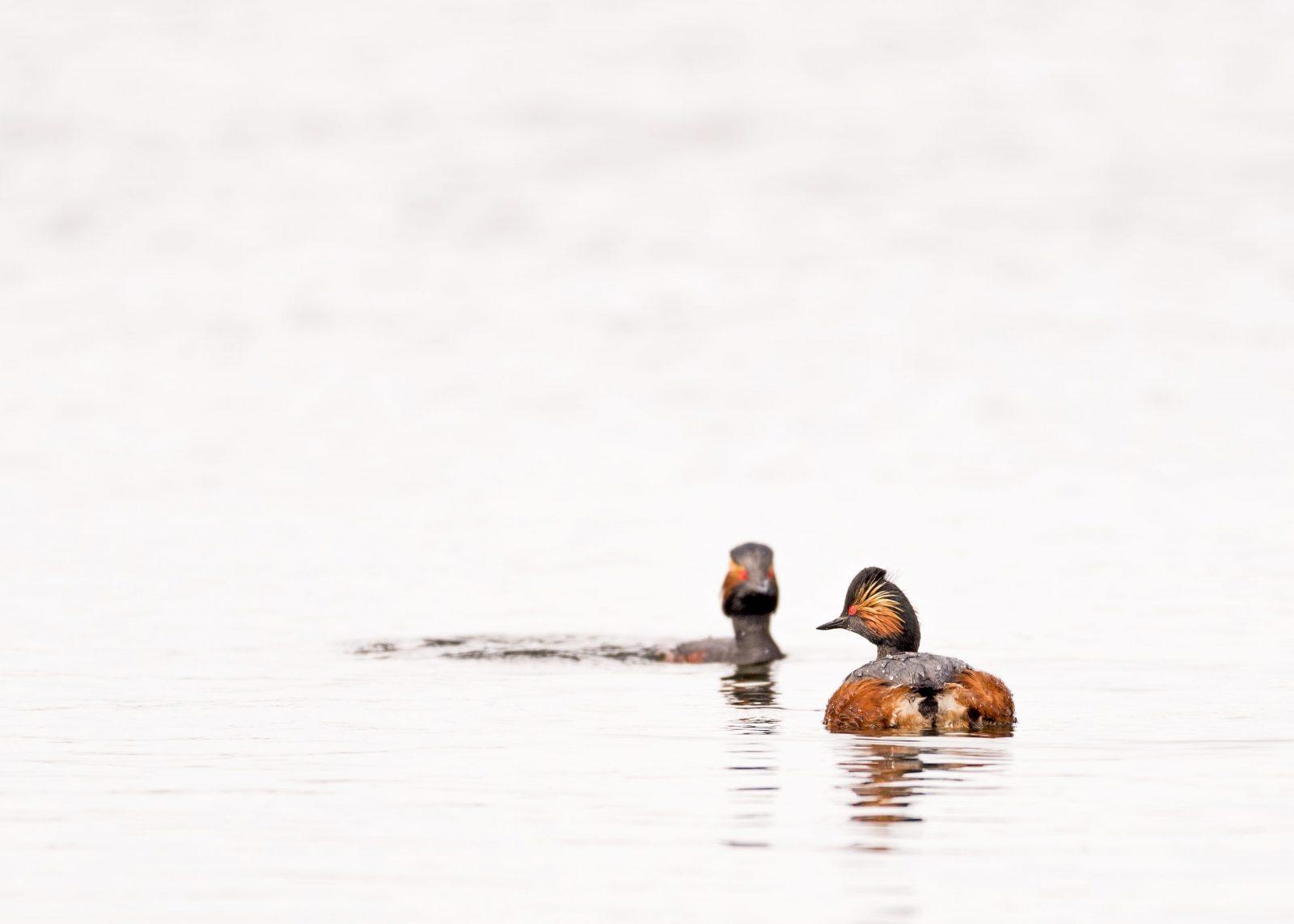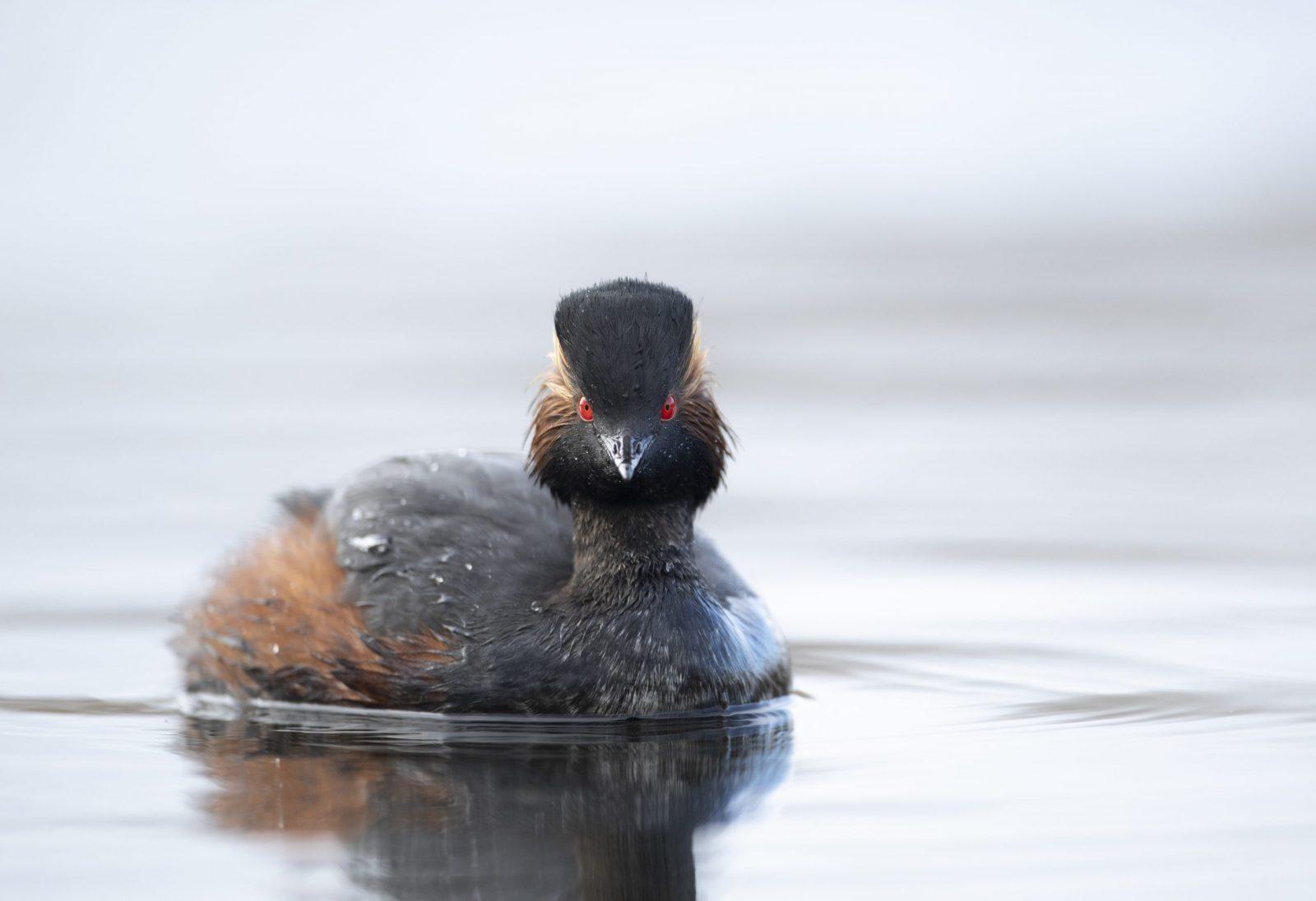The return of one of the UK’s rarest breeding birds, the Black-necked Grebe, has been met with excitement in Yorkshire as 2023 marked a record-breaking year for the species in the region. RSPB St Aidan’s, located near Leeds, proudly hosts approximately 30% of the UK breeding population of this striking and vulnerable bird species.
“Black-necked Grebes aren’t just one of the rarest breeding birds in the UK – they are also one of the most beautiful,” said John Ingham, Warden at RSPB St Aidan’s. “We work hard to maintain perfect habitat conditions for these birds, and it’s a real privilege to be able to share them with thousands of visitors here in Yorkshire.”
Black-necked Grebes, distinguished by their black head and neck, vibrant red eyes, and golden tufts of feathers, have begun reappearing at RSPB St Aidan’s, finding sanctuary amidst vital wetlands. The nature park has become a haven for these elusive birds, offering a safe environment for nesting and breeding.
In a remarkable conservation success story, St Aidan’s Nature Park witnessed its best breeding year for Black-necked Grebes in 2023. “The fact that numbers of breeding pairs are increasing offers hope for future numbers of fledglings to increase still further,” commented John Ingham.

Despite being a rare sight in the UK, with an average population of around 54 pairs over the last five years, the Black-necked Grebe population in Yorkshire is flourishing, offering hope for the species’ future. With approximately one-third of the UK breeding population now calling RSPB St Aidan’s home, the nature park plays a crucial role in the conservation of this precious bird.
“Our habitat works have been crucial in the breeding success of the Black-necked Grebes,” said Tom Harman, Senior Site Manager at RSPB St Aidan’s. “As with all wildlife, they are up against many challenges such as loss of wetland habitats, extreme weather events caused by climate change, and predation by non-native American Mink.”

As the Black-necked Grebes continue to arrive at RSPB St Aidan’s during March, visitors have the opportunity to witness these magnificent birds in their natural habitat. “Unusually for such rare birds, they can be seen close-up from the network of paths throughout the wetlands without causing disturbance,” noted John Ingham.
For those eager to catch a glimpse of the Black-necked Grebes, RSPB St Aidan’s welcomes visitors to explore the nature park responsibly, staying on designated paths to minimize disturbance to the birds.
As Yorkshire celebrates the remarkable return and thriving population of the Black-necked Grebes, RSPB St Aidan’s continues its mission to protect and preserve the region’s rich biodiversity for generations to come.
For more information and to participate in Black-necked Grebe events, visit RSPB Events.





